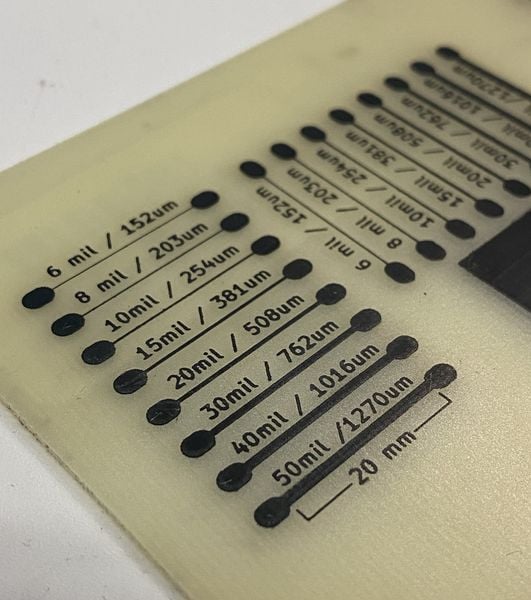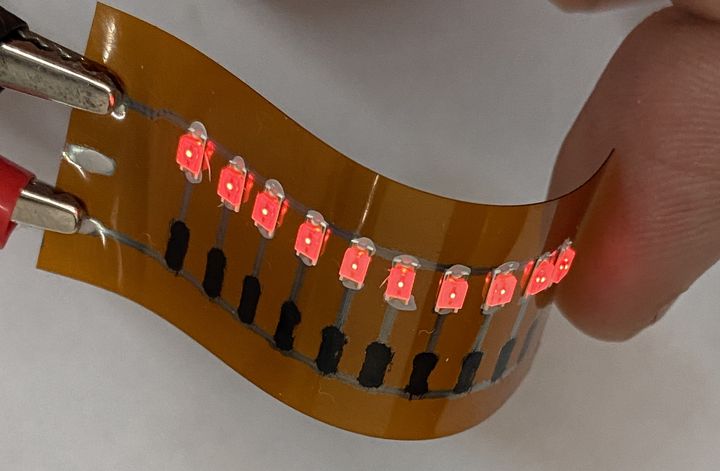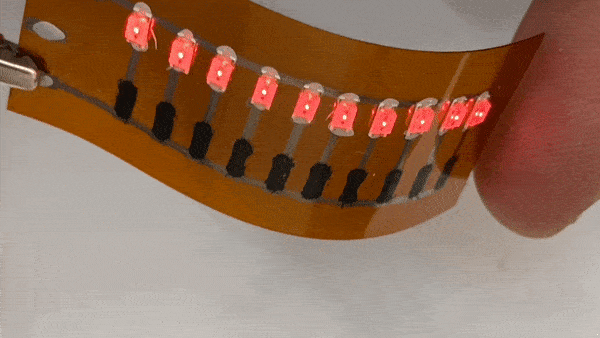
BotFactory released a new resistive ink to enable their PCB 3D printers to create more electronic components.
The field of 3D printed printed circuit boards (PCBs) is not large; there’s only a couple of players in the space, and one of them is BotFactory. The New York-based company has been around for several years developing PCB 3D printers and currently has three on the market: the SV2 Starter, the SV2 Enhanced and the SV2 Professional.
You might be wondering why these could be classed as 3D printers when PCBs tend to be flat, two-dimensional objects. Years ago PCBs were single-sided affairs, with electrical traces and components only on one side. A 2D printer would lay down the traces and components would be placed on top. Later, more advanced PCBs that used both sides would appear. This allowed more compact electronic designs.
The BotFactory SV2 Professional, for example, can put down up to four layers on a PCB. This enables for all manner of unusual electrical geometry. Creative electronics designers can develop highly compact PCBs with this approach.
BotFactory Resistive Ink
The new resistive material is explained by BotFactory:
“After a year of ongoing research and development, BotFactory has formally released their new Resistive Ink Cartridges for use in their SV2 PCB Printer product line. With this new material, researchers and engineers will be able to print resistors and sensors in a matter of minutes on rigid or flexible materials.”
Apparently you can now not only directly 3D print resistors of specific Ohmic values, you can also 3D print certain types of sensors. For example, touch sensors can now be 3D printed, as well as strain gauges, heating elements and other functional components.
These cartridges are inserted into the SV2 printers and designers can make use of the new material to easily print electronic components that would otherwise have to be separately attached. This could be a substantial time-saver.

But the most interesting aspect is the ability to 3D print resistive elements on flexible surfaces. Externally attached resistors would not work well when flexed and may not stay attached. However, with the ability to print them on the surface they can follow the flexing easily, as shown here:

While the SV2 devices can produce 3D printed PCBs, I believe there’s a good fit with general 3D printers as well: some 3D printed components require unusually shaped PCBs, which could be made with the BotFactory SV2.
If you require custom designed PCBs with unusual characteristics, the BotFactory SV2 system with new resistive ink could be of interest.
Via BotFactory
